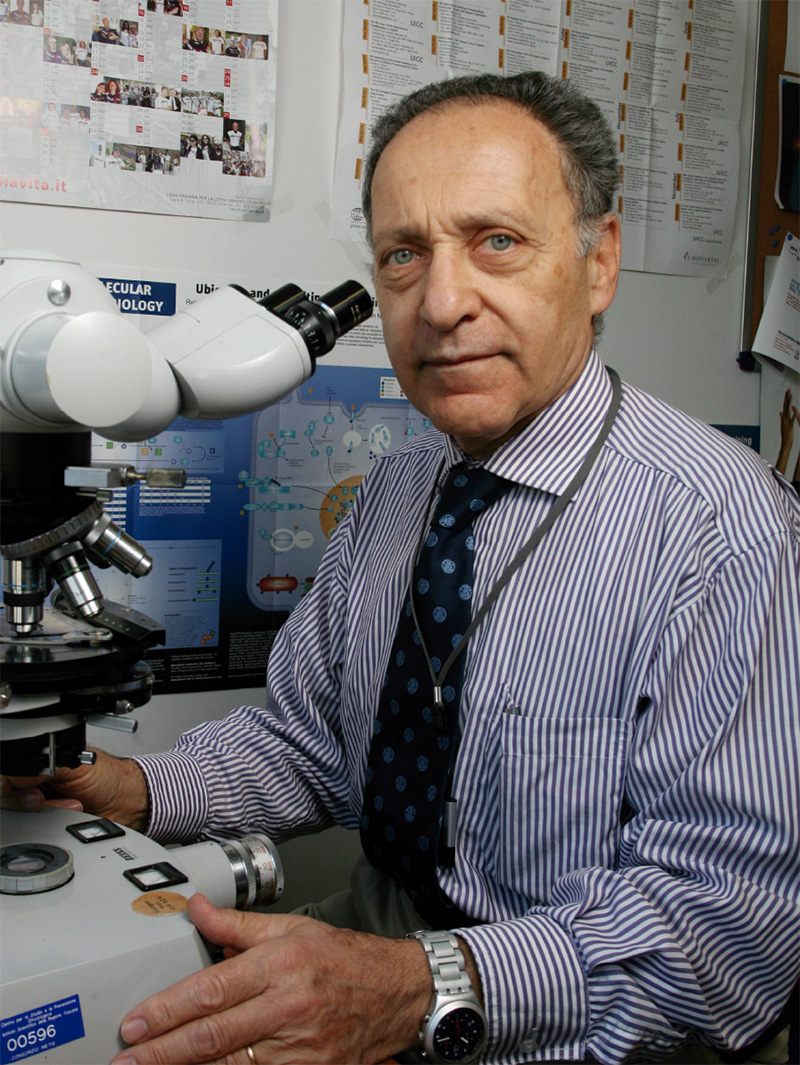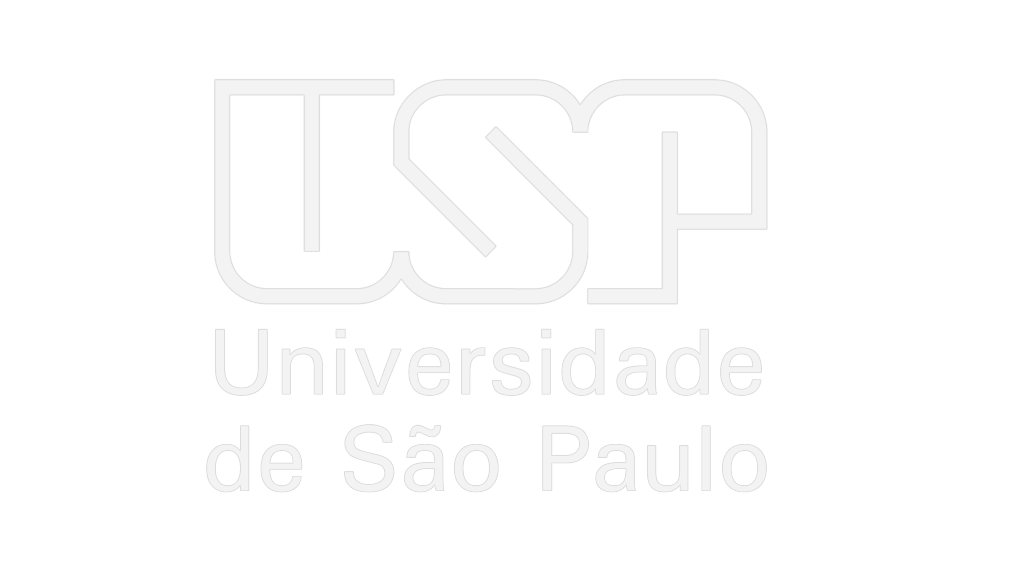Lucio Luzzatto

Lucio Luzzatto
Honorary Professor of Hematology, University of Florence, Firenze, Italy.
Palestra
The Role of Darwinian Selection in Inherited and Acquired Blood Disorders
In general any disease must have a genetic cause or an environmental cause or, probably in the majority of cases, a combination of both. When one single mutant gene dominates the picture, we call the disease monogenic or Mendelian: of which we have examples in every branch of hematology, from hemoglobinopaties, to enzymopathies, to inherited bone marrow failure syndromes, to several bleeding disorders. The term molecular disease was coined in 1949 as most appropriate for sickle cell anemia: one might say that was the formal beginning of molecular medicine.
Not surprisingly, most serious inherited diseases are rare, as they reduce reproductive fitness either through early mortality or by interfering in some way with reproductive function. At the same time, genotypes that confer a survival advantage in a particular environment will increase in frequency in that environment: both of these notions are central to the theory of Darwinian evolution. The interactions between genetics and environment are important in general, and they are certainly prominent in the epidemiology and in the pathogenesis of blood disorders. One well characterized example is malaria: on one hand, it is a major cause of anemia in endemic regions of the world; on the other hand, by selecting several mutant ‘resistance’ genes expressed in red cells, malaria has shaped human evolution. The two cases of hemoglobin S and of glucose-6-phosphate dehydrogenase will be discussed in some depth, because the mechanism of resistance has been worked out at the cellular level.
Since technical advances have facilitated the phenotypic and genomic characterization of individual cells, it has become possible to investigate to what extent the concepts and mechanisms of Darwinian evolution apply to cell populations within an organism, as they do to populations of organisms. The most spectacular example is of course cancer: a single mutational event, for example the BCR-ABL fusion gene – the defining event in chronic myeloid leukemia – confers to a hematopoietic cell a growth advantage sufficient to cause, over time, a nearly complete replacement of normal blood cells by a cell population that has the BCR-ABL mutation. Other mutations give rise to clones that are much less invasive: but each cell of that clone is susceptible to further mutation(s), thus increasing the risk of malignancy. Within hematology, monoclonal gammopathies, myelodisplastic syndromes and clonal hematopoiesis are good examples of such situations, and they support strongly the multi-step model of oncogenesis.
The analogy between an inherited mutation conferring survival advantage to an organism and a somatic mutation conferring growth advantage to a cell is evident in all of these cases; in which the role of the environment, although certainly present, is less obvious. This role may be expected to be more important with mutations that confer only a slight growth advantage or, in the extreme, an advantage that depends on the micro-environment. Again in hematology we found an example of this, through the study of the rare disease paroxysmal nocturnal hemoglobinuria (PNH). PNH is a prototype of a non-malignant clonal disorder, in which the clone expands not on grounds of a cell-intrinsic growth advantage, but by virtue of a co-existing auto-immune attack the target of which, as a result of a somatic mutation in the PIGA gene, is missing on the surface of PNH cells.
The neo-Darwinian model, whereby the engine of evolution are mutations that occur at random, and what shapes evolution are processes of selection, has been most valuable in understanding the biology and pathophysiology not only of inherited disorders, but also of acquired disorders caused by somatic mutations. Understanding disorders in depth has led in turn, time and time again, to the development of new forms of therapy.
Minibio:
EDUCATION
1953 Maturità Classica, Liceo D’Oria, Genova, Italy,
1959 University of Genova Medical School M.D., Genova, Italy,
1968 Libera Docenza in Biochemistry, Ministry of Education, Italy,
POSTGRADUATE CLINICAL AND RESEARCH TRAINING
1959-62 Resident, Department of Infectious Diseases, Ospedale S. Martino, Genova;
Research Fellow (part-time), Department of Biochemistry (2 years), then Department of Biophysics (1 year), University of Genova, Genova, Italy
1963-64 Fellow in Haematology, Department of Medicine, College of Physicians & Surgeons, Columbia Presbyterian Hospital, New York, NY, USA.
1964-67 Lecturer in Haematology, in charge of Blood Transfusion Unit Department of Pathology, University of Ibadan, Ibadan, Nigeria.
POSITIONS AND APPOINTMENTS
1967-68 Senior Lecturer in charge of Sub-Department of Haematology, University of Ibadan, Ibadan, Nigeria; Consultant Haematologist, UCH, Ibadan, Nigeria,
1968-1974 Professor of Haematology (from 1970 Head of Department) University of Ibadan, Ibadan, Nigeria.
1974-1981 Director, International Institute of Genetics and Biophysics, CNR, Napoli, Italy,
1981-1994 Professor of Haematology (University of London), and Director of Haematology Department, Royal Postgraduate Medical School (now Imperial College), London; Consultant Haematologist, Hammersmith Hospital,
1994-2000 Chairman, Department of Human Genetics, Attending Physician in Genetics and Hematology, Memorial Hospital; Member of the Cell Biology and Genetics Programme, Sloan-Kettering Institute, Courtney Steel Chair, Memorial Sloan- LL-CV-RS – 8-04-2022 2
Kettering Cancer Center; Professor of Medicine and Human Genetics, Cornell University Medical College, New York, NY, USA,
2000-2004 Scientific Director, National Institute for Cancer Research, Genova, Italy,
2002-2006 Professor of Haematology, DOBIG, University of Genova, Genova, Italy
2005-2015 Scientific Director, Istituto Toscano Tumori, Florence, Italy
2006- Professor of Haematology (Honorary since 2008), University of Florence, Firenze, Italy.
Manuel Heitor served as the deputy-president of IST from 1993-1998. Since 1995, he has been a research fellow at the University of Texas at Austin’s IC2 Institute. He was a founding member of the S&T Council of the International Risk Governance Council, IRGC and of Globelics: The Global Network for the Economics of Learning, Innovation, and Competence-building Systems. He founded in 1998 the IST´s Center for Innovation, Technology and Policy Research, IN+, and coordinated the IST´s doctoral programs in “Engineering and Public Policy” and in “Engineering Design and Advanced Manufacturing”. He was a visiting scholar at Harvard University in 2011/12 and in 2023 and a visiting professor at New York University in 2022/23.
Manuel Heitor holds a Ph.D. from Imperial College London in combustion research (1985) and did post-doctoral training at the University of California, San Diego. He has published over 130 scientific articles and supervised over 40 post-grad students.
Siga:

Sobre a Escola
Participantes
Organização

Colaboração



© 2024 – 2025 Escolas FAPESP. Desenvolvido pela WebContent
